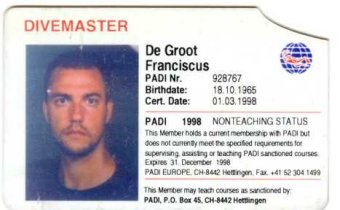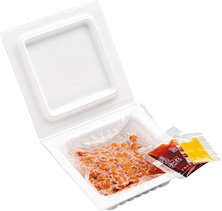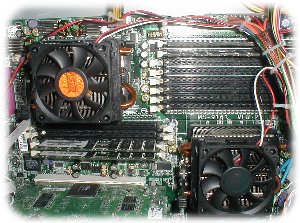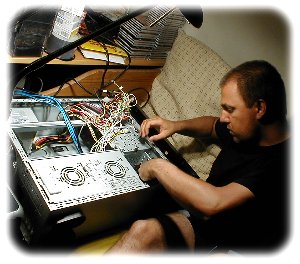Automatic Updates - No Gray Hairs Yet
The system of automatically updating software is similar, in some respects, to the system of periodic abstention: It's very nice and it usually works, but when something goes wrong, it usually goes quite wrong.
So far, so good.
If I would have to roll out bug-free or feature-complete software, my customers would have to wait until all my hairs were gray. So auto-updates it is. This way, Moyo Go can grow strongest fastest. It is a concept of XP, (eXtreme Programming), that you should release bugfixes and new features often. This speeds up the customer-feedback cycle.
I am not sure whether my customers think I should tone down the updates a little. I don't really know how fast their average internet connection is, for example. But there is always one customer waiting for that one fix or feature. I guess that when they don't want to be bothered too often, they just turn them on when they feel like it. Those who always want the latest version have it on all the time, even if that means they'll sometimes get an update twice a day, or run the risk that they'll have to cope a day with a build in which something is broken that wasn't broken before.
All in all, auto-updating works extremely well, knock on wood. In the ten weeks I've been at it, I've managed to introduce many new features and fixed at least a dozen bugs. It's much better to work with small increments (and get instant feedback), than to hack about for months and release a major new version with zero "real world" usability-testing in the meantime.
For me, the programmer, the update system actually is a complex affair. Moyo Go has no copy-protection, but I have implemented a sort-of anti-piracy measure: Every customer has their own, uniquely encrypted pattern database and the decryption key depends on the checksum of the executable. And the executable itself is packed. I can know which copies update a hundred times per week and are therefore pirated en-masse. I can block automatic updates of that version. I believe that potential pirates who are really serious about some software, will still prefer to pay for software if pirating it means they will not be able to get any updates of the software. And the original owners will not likely allow their software to be pirated, because that means their own updates (which have become identical to the pirated ones) will be jeopardized.
Of course, all this only works when there are updates. But there are.
Some software developers jump through hoops to safeguard their intellectual property, and I'm not one of those. The guys that sold me the installer I use (Ghost Installer, 600 USD) actually phoned me to verify that I wasn't a Chinese hacker or something.. And they do that to all their customers!










